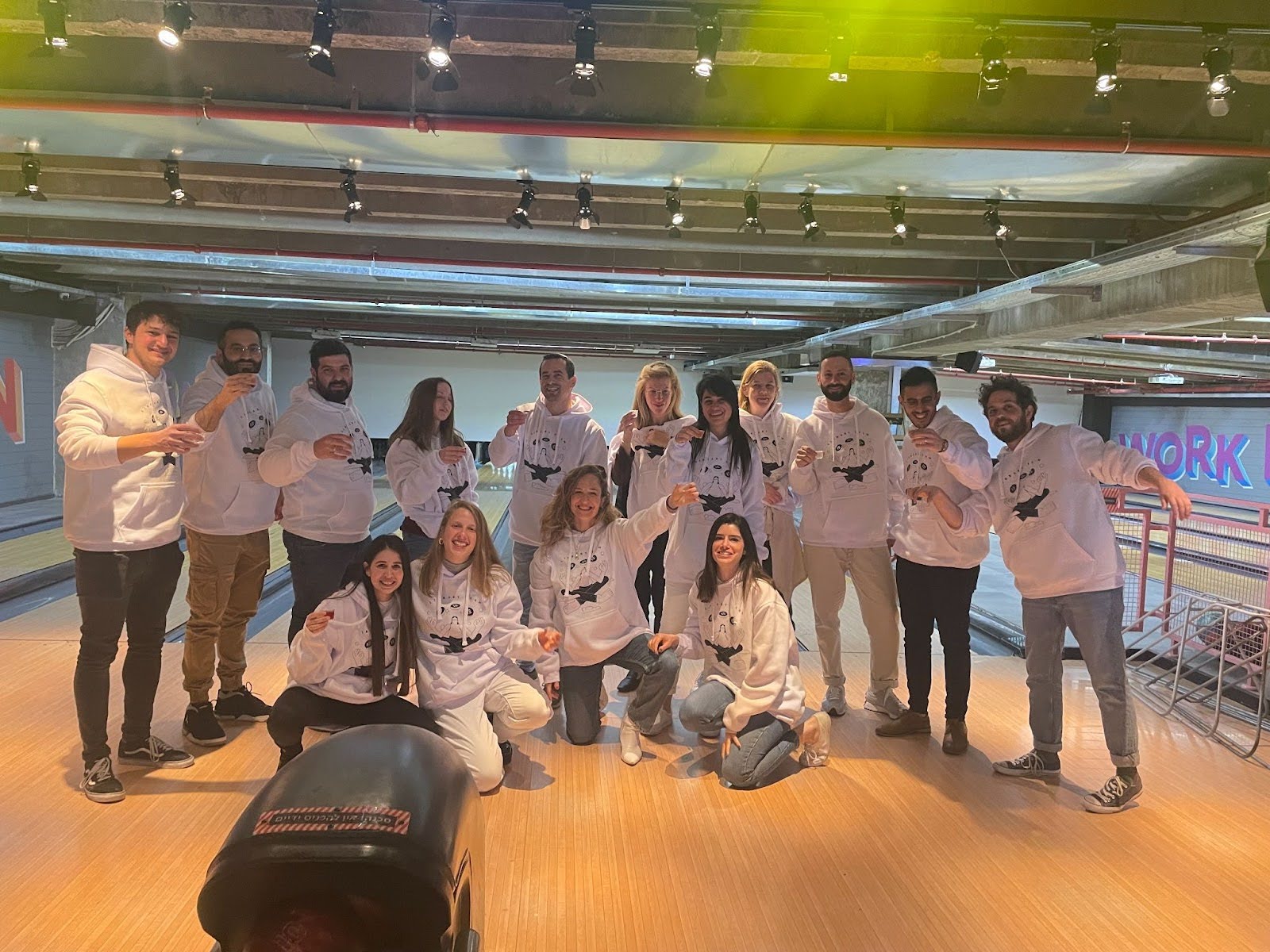Ronit Cyjon has built quite a reputation in the world of product design. As director of Product Design and UX Research at monday.com, she leads a team that turns complicated workflows into simple, intuitive experiences.
Her career spans over 15 years, marked by roles that have elevated brands and products alike. From her early work at Firma Business Design to her leadership at Elementor, she has helped scale the SaaS platform to serve 10 million+ web creators, making up a whopping 11.8% of all websites on the internet. Today, at monday.com, she works to integrate artificial intelligence (AI) into product design and research–among the first to do so.
monday.com itself is a powerhouse in the software-as-a-service (SaaS) industry. Known as a Work Operating System (Work OS), it provides teams with customizable tools to manage all core aspects of work, automating workflows, and allowing for effective collaboration. Businesses worldwide use its cloud-based platform to streamline operations, help in closing deals, improve resource allocation, enhance development and boost productivity.
The Role of AI in Transforming Product Design
Artificial intelligence has changed how products are designed and researched, and Cyjon has used its potential to extraordinary effect. At a fundamental level, AI enhances efficiency by automating repetitive tasks, analyzing vast datasets, and generating actionable information.
For product designers like Cyjon, this means more time to focus on solving complicated problems and creating user-centric solutions.
Perhaps AI’s most powerful application in product design is generative design. These algorithms can create thousands of design variations based on specific parameters such as cost, materials, or functionality. Designers can quickly identify the most effective solutions by feeding these options into user testing or market analysis tools. This, in turn, also allows the designer to identify opportunities for greater efficiency, as well as critical issues faced by the product’s users. A more humane and empathetic approach to the product and process.
“AI doesn’t replace creativity; it helps us generate results faster and helps us think more broadly,” Cyjon explains. “It lets us explore possibilities, sharpening our soft skills and strengthening our creativity muscles.”
AI for user research is quite a common practice, and reportedly quite effective in this domain. Tools powered by machine learning can analyze user behavior data at scale, uncovering patterns for better design decisions.
For example, monday.com uses AI to tailor onboarding experiences for new users, crafting features to their specific needs and increasing engagement from the outset. Ronit and her team also employ product sentiment analysis to better analyze user feeling, allowing for a qualitative aspect to an otherwise quantitative manner of research. User needs and perceptions are measured carefully, with scale kept in mind at all times.
Elevating Research with AI
Cyjon’s team at monday.com employs AI for more than simply designing interfaces–they also use it to conduct UX research with unprecedented speed and accuracy at scale..
Traditional user research often involves time-consuming interviews and manual data analysis. AI accelerates this process, sifting through millions of data points—user feedback, usage patterns, heatmaps, opportunities—and identifying areas where real problems can be solved almost instantaneously.
These tools can gauge user satisfaction by analyzing written feedback or even tone in audio recordings. At monday.com, sentiment scores help Cyjon’s teams prioritize which features need removal, refinement, reiteration or expansion.
“The beauty of AI,” she says, “is that it makes the invisible visible. It reveals what users truly feel but may not articulate, allowing us to better analyze what they feel. It’s not immediately actionable, but it gives us the chance to absorb user sentiment.”
How SaaS Design Stands Apart
Designing for SaaS platforms like monday.com presents its own set of challenges compared to other industries. Unlike static products or one-time purchases, SaaS platforms are living systems that must develop continuously based on user needs and market demands.
Cyjon describes it as designing for an ecosystem rather than a standalone product: “Every decision we make impacts not just one user but potentially thousands—or millions—of workflows. It’s important to understand the personas, maturity, population and responsibilities of your users. Build for scale, not standalone.”
Such dynamism requires SaaS designers to think beyond aesthetics or functionality; scalability must also be considered. Features must be adaptable enough to serve small startups without foregoing the needs of large enterprises with more complex operations. Additionally, SaaS products often require close interoperability with other tools like CRMs or marketing platforms, requiring their design be friendlier to a larger ecosystem.
AI becomes indispensable in this context–automating testing cycles and simulating various use cases. In this way, AI helps designers refine features faster than ever before.
“Creativity is a muscle,” Cyjon often says. “And AI is like weight training—it pushes us further than we thought we could go.” Where efficiency often precedes imagination, Ronit Cyjon’s work reminds us that the two are not mutually exclusive.



































